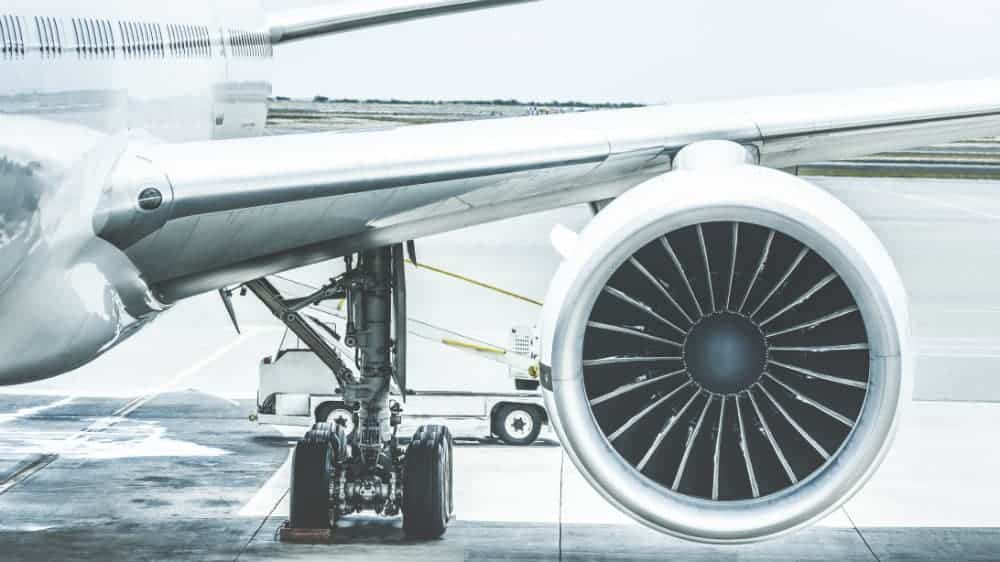So far this year, the airline stocks have lost a significant amount of their stock values amid the pandemic. However, Cargojet (TSX:CJT) is an exception; it has delivered close to 60% of returns this year.
The cargo airline company has created significant wealth for its shareholders in the last five years by returning over 500%. Meanwhile, the company expects to report its second-quarter earnings tomorrow. Let’s look at what to expect from the quarter.
Second-quarter expectations
Driven by the growth in e-commerce and healthcare-related volumes, Cargojet had reported an impressive top-line growth of over 11% in the first quarter. Meanwhile, over the last five quarters, the company’s revenue growth stood at an average of 8%. I am expecting the company’s second-quarter revenue growth to come in the same range.
Amid the pandemic, there has been a surge in e-commerce sales. As reported by Statistics Canada, e-commerce sales in Canada reached $3.9 billion in May. It represents a 2.3% increase from April and a massive over 99% growth from February. The rise in e-commerce sales could increase the need for Cargojet’s services, thus driving its revenue.
Meanwhile, the pandemic has slowdown economic activities across Canada. So, the decline in its business-to-business volumes could offset some of its revenue growth.
Moving to profitability, Cargojet has failed to report profits in its last two quarters. However, the growth in e-commerce sales and improvement in its efficiency could drive the company to profitability in this quarter.
Its operations and outlook
Cargojet generates a significant chunk of its revenue from its domestic air cargo service, which connects 14 major cities in Canada. It also offers air cargo services on the international route between Newark, New Jersey and Hamilton, Bermuda.
Other than these services, it also provides domestic air cargo services for several international airlines and offers charter aircraft to its customers on an ad-hoc or scheduled basis.
The majority of its customers have signed a long-term contract with Cargojet for a guaranteed space and weight allocation on its network. Meanwhile, the remaining capacity will be sold to non-contracted customers on a need basis. So, the company’s revenue and cash flows are largely predictable and stable.
The growth in e-commerce sales has just begun, and it has a long way to go. With an array of 25 aircraft and unique overnight delivery, Cargojet is well positioned to acquire a significant share in the increased demand for logistics amid the surge in e-commerce sales. Also, the company is working on strengthening its relationship with its existing customers and building new relationships. So, all these factors could act as a tailwind for the company in the long term.
Bottom line
The surge in Cargojet’s stock price has raised its valuation multiples. Currently, it trades at a forward price-to-earnings multiple of 63.9 compared to its average of 45.4 for the last three years. Also, its forward EV-to-sales multiple stands at 5.9 compared to its average of 3.58 over the previous three years. Although Cargojet trades at a premium, it is justified given its long-term growth potential.
Amid the favourable environment, I expect Cargojet to report impressive second-quarter earnings. So, investors should buy the stock ahead of its earnings for higher returns.









